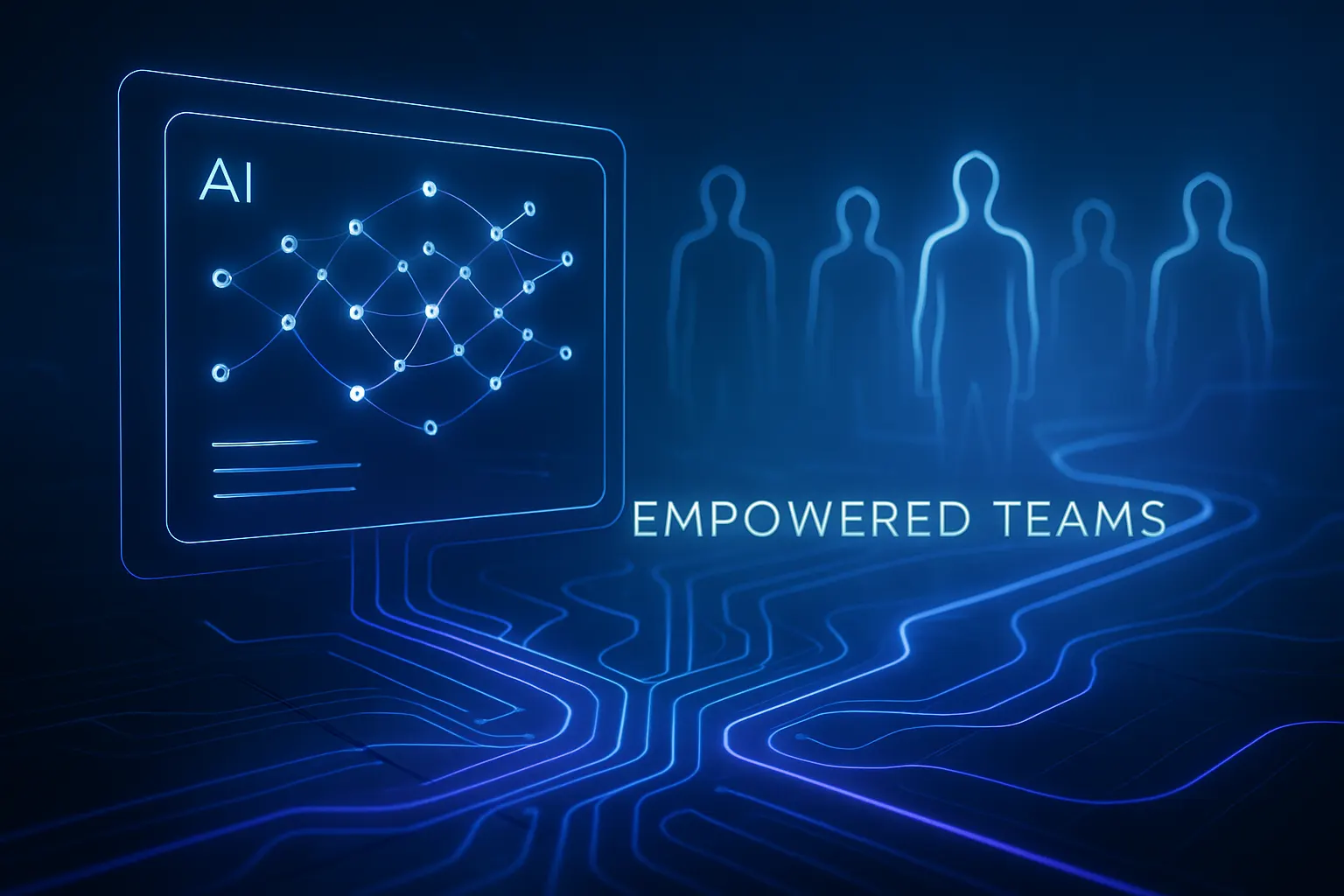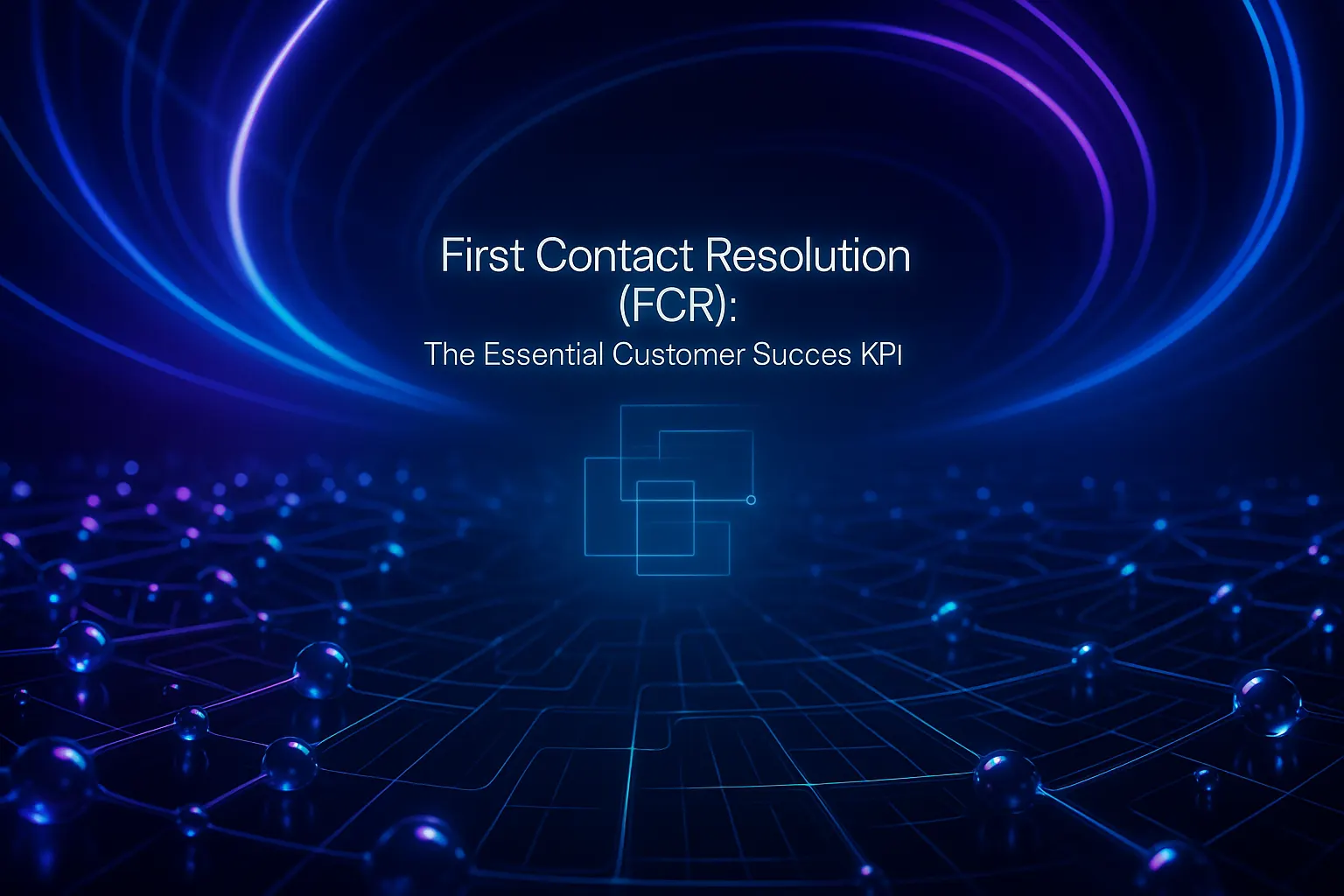The real cost of support turnover
Customer support teams are the everyday face of your brand. When employees leave, service stability wavers. Filling positions takes time, and onboarding takes even longer. Expect 4–6 weeks to hire and 6–8 weeks to ramp; replacing a single support agent typically costs 20–30% of annual salary ($8k–$18k on a $40k–$60k role). Institutional knowledge departs, morale suffers, and customers notice the impact quickly.
Turnover almost never has a single root cause; it builds up through a combination of factors. High ticket volumes, complex policies, and overburdened workflows add strain. Managers constantly balance quality, speed, and fairness. The downstream effects include churn, overtime, and inconsistent customer experiences: during backfill, team capacity can drop 10–15%, overtime spend often rises 10–25%, and average handle time can increase by 3–6%. Retention begins by improving the everyday realities of work.
Why agents decide to leave
- Writing fatigue: Agents spend hours rewriting near-identical responses.
- Context switching: CRM, email, and chat systems remain siloed.
- Quality pressure: Occurs when brand tone rules are perceived as vague or scattered.
- Limited feedback: Coaching is often delayed and can feel subjective.
- Career stagnation: With queues to clear, there’s little time for growth or learning.
- Unpredictable days: Sudden peaks create stress, while off-hours stretch endlessly.
Tackling these pain points helps retain people. AI is most effective when integrated into daily workflows, not imposed as an external layer.
AI that actually fits the workflow
Managers need relief that shows up where work happens. AI Customer Services plug into CRM, email, and chat so agents stay in their tools and help appears in the reply box.
Real-time suggestions refine grammar, style, and tone; concise drafts match your brand; risky language is flagged; outputs adapt to channel norms, often saving 1–2 minutes per ticket.
This clarity boosts retention: less mental load, fewer late nights, more confident agents, and fewer repetitive coaching loops for managers.
Faster onboarding, safer scale
New hires face an uphill climb, learning products, macros, tone, and rare scenarios. Guided drafts and real-time tips shorten ramp by 20–40%, build confidence, and keep pace during growth or seasonal surges.
Seasoned agents benefit as well. They handle complex tickets with more structure, and the assistant suggests next steps and relevant snippets. This reduces after-contact documentation by 15–30% and avoids redundant work.
Data that supports coaching, not surveillance
Retention thrives on trust. Aggregate trends at team and individual levels highlight recurring friction, confusing policies or outdated macros, without intrusive, keystroke-level tracking.
Use these insights to revise playbooks and enhance training. Recognize “quiet stars” who consistently craft clear, helpful replies. Focus improvement efforts where they matter most. Coaching becomes targeted, swift, and equitable.
Fair workloads and smarter staffing
Nothing burns out a team more quickly than uneven ticket queues. AI supports smarter routing by factoring in skills, priority, and language needs, and recommends when to ramp up flex capacity so peaks are handled proactively.
Agents see a logical, fair distribution of work. Days become more predictable. Overtime demand often falls 10–20%, and turnover risk declines as workloads feel more balanced and manageable.
Practical steps to reduce churn
Foundation: map work and align tone
- Audit your top five ticket types and existing macros.
- Define brand tone rules with clear “do” and “don’t” examples.
- Connect Typewise to your CRM, email, and chat channels.
- Pilot the system with one team and one language.
Enablement: scale drafts and coaching
- Activate live suggestions for grammar, clarity, and policy adherence.
- Enable brand guardrails and monitor the rate of corrections.
- Start brief weekly reviews to discuss AI-powered insights.
- Document at least two playbooks addressing complex scenarios.
Optimization: reduce friction and lock in wins
- Expand usage to additional teams and support channels.
- Update macros based on real-world AI suggestions.
- Balance team workloads using intelligent routing insights.
- Share outcomes with HR and CX leaders to ensure ongoing progress.
Metrics that predict retention
- Ramp time: days to first independent resolution.
- Rewriting ratio: number of edits per reply before sending.
- After-contact work: minutes spent documenting cases.
- Quality variance: spread in QA scores across agents.
- Time to first reply: broken down by tier and channel.
- CSAT dispersion: overall distribution, not just the mean.
- Voluntary attrition: quarterly trend and exit reasons.
Monitor these weekly. Focus on steady progress rather than occasional spikes. Celebrate improvements openly, recognition itself is a powerful retention lever.
Real examples from the field
Leaders in various sectors now embed AI within their everyday customer service routines. Their results reveal what sustains progress and what doesn’t. To learn how peers are successfully building structure, tone, and measurement into their teams, explore how leading companies use AI to redefine customer service.
What this means for managers today
Retention improves when agents feel their work is manageable, valued, and they are appreciated for their contributions. AI should make daily tasks lighter, not more complicated. It should enhance the agent’s effectiveness, not replace judgment. And it must seamlessly integrate where the work takes place.
Typewise delivers on these principles. It offers real-time support for grammar and clarity. It keeps replies on brand, shortens response times, and upholds consistent quality. Most importantly, it helps teams finish work on time, day after day.
Integral to our retention strategy is ensuring every day is a good day’s work.Equip your team to have more of them.
Start a calmer, steadier support operation
If you’re looking to retain your team while elevating service quality, let’s connect. Discover how Typewise can seamlessly integrate with your CRM, email, and chat systems, and learn what a rollout could mean for your support agents and customers.
FAQ
Why is customer support turnover expensive?
Turnover destabilizes service, extends response times, and erodes institutional know-how. Replacing a support agent typically costs 20–30% of annual salary ($8k–$18k on a $40k–$60k role), plus 4–6 weeks of reduced capacity during hiring and 6–8 weeks of ramp. Overtime and quality drift can add 10–25% to monthly payroll in the transition.
What causes high turnover in customer support teams?
Multiple factors contribute, including stressful workloads, repetitive tasks, and systemic lack of support. Addressing root causes requires strategic changes, not just superficial fixes.
How can AI help reduce support team turnover?
Properly integrated AI lessens workloads by streamlining routine tasks and providing real-time assistance, often reducing rewriting by 20–30% and saving 1–2 minutes per ticket. Poor integration, however, can add complexity and frustration.
What role does AI play in improving onboarding?
AI accelerates onboarding by offering guided drafts and context-specific advice, helping reduce ramp time by 20–40%. However, lack of human coaching can result in incomplete skill development.
What metrics best predict turnover?
Key indicators include ramp time, rewriting ratios, and quality variance. Not monitoring these consistently risks missing red flags in team dynamics.
How should feedback be delivered to support agents?
Feedback should be timely, equitable, and focus on actionable insights rather than micromanagement. Delayed or vague feedback can demoralize and disengage agents.
Why is data privacy a concern for AI in customer support?
Data misuse can jeopardize trust and compliance with privacy regulations. Transparency and secure data handling are essential to sustain team and customer confidence.






